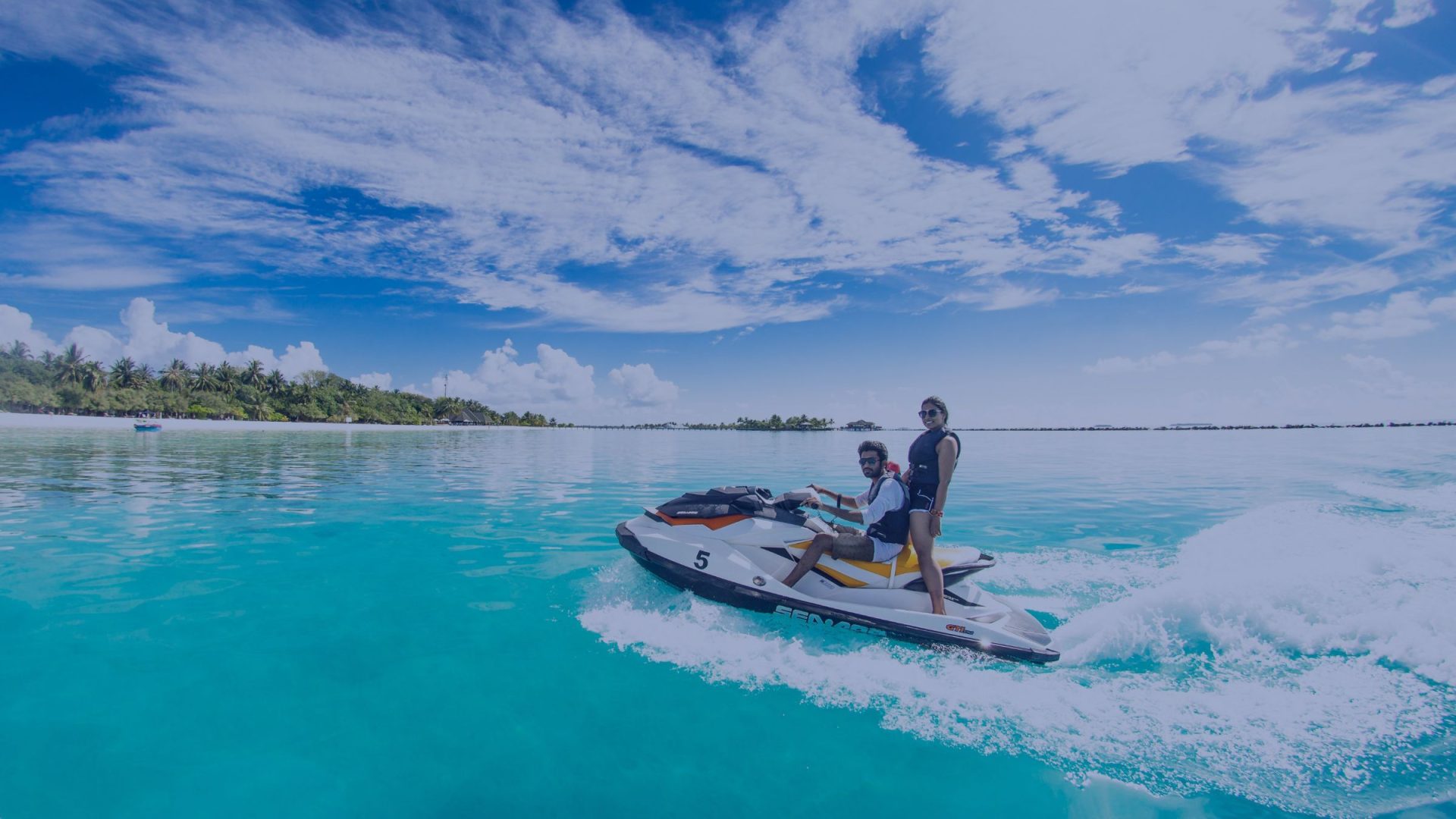When to go to the Maldives?
The Maldives is an island country located in the Indian Ocean. Its unique landscape is made up of more than 1,200 islands, clustered within atolls. Imagine the perfect paradise photo of houses on stilts, white sand and azure seas – this is the Maldives. When should you go to this paradise archipelago? The Maldives are situated in the equatorial climate zone, characterised by high temperatures and humidity. This makes it a great year-round destination with an average daytime temperature of around 30 degrees centigrade and clear, warm waters that are wonderful for relaxation or activity on the beach.

The Maldives is one of just eleven countries worldwide where the temperature has never reached below zero. Nevertheless, it does have both dry and rainy seasons and many tourists will try to avoid the rainy season – May to November – when booking their trip. European winter coincides with the dry season in the Maldives, making it the best time for your heavenly vacation.
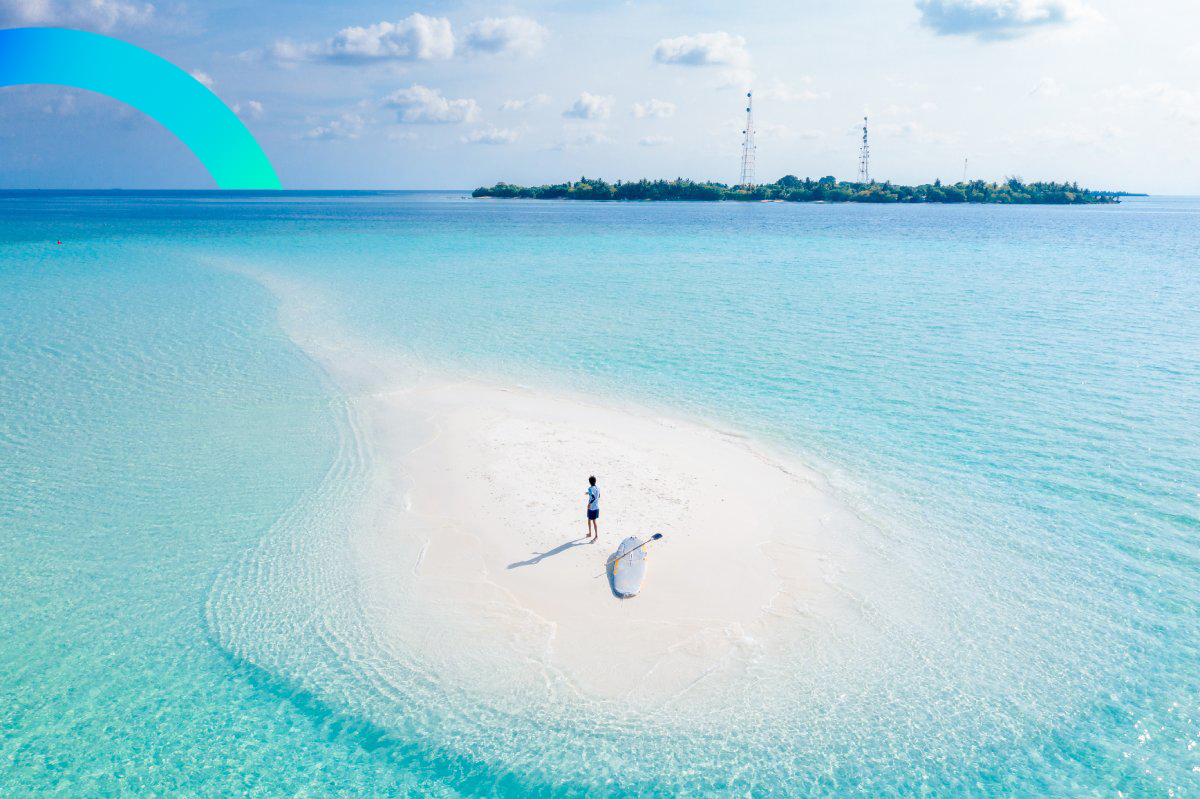
Experience two sides of the Maldives
Travel is always the best way to experience breathtaking landscapes, unusual attractions, local cuisine and the lifestyle of the inhabitants and the Maldives is no exception. The number of tourists staying on these coral reef-fringed islands is limited, giving it a tropical feel, full of local flora and fauna. The highest point in the Maldives is just a few metres above sea level, which unfortunately means there is a significant risk of the entire country being made uninhabitable by rising sea levels in the very near future. This means that there’s no time like the present to visit. What is there to do in the Maldives? You have two complimentary options to choose from that – total laziness and active recreation.
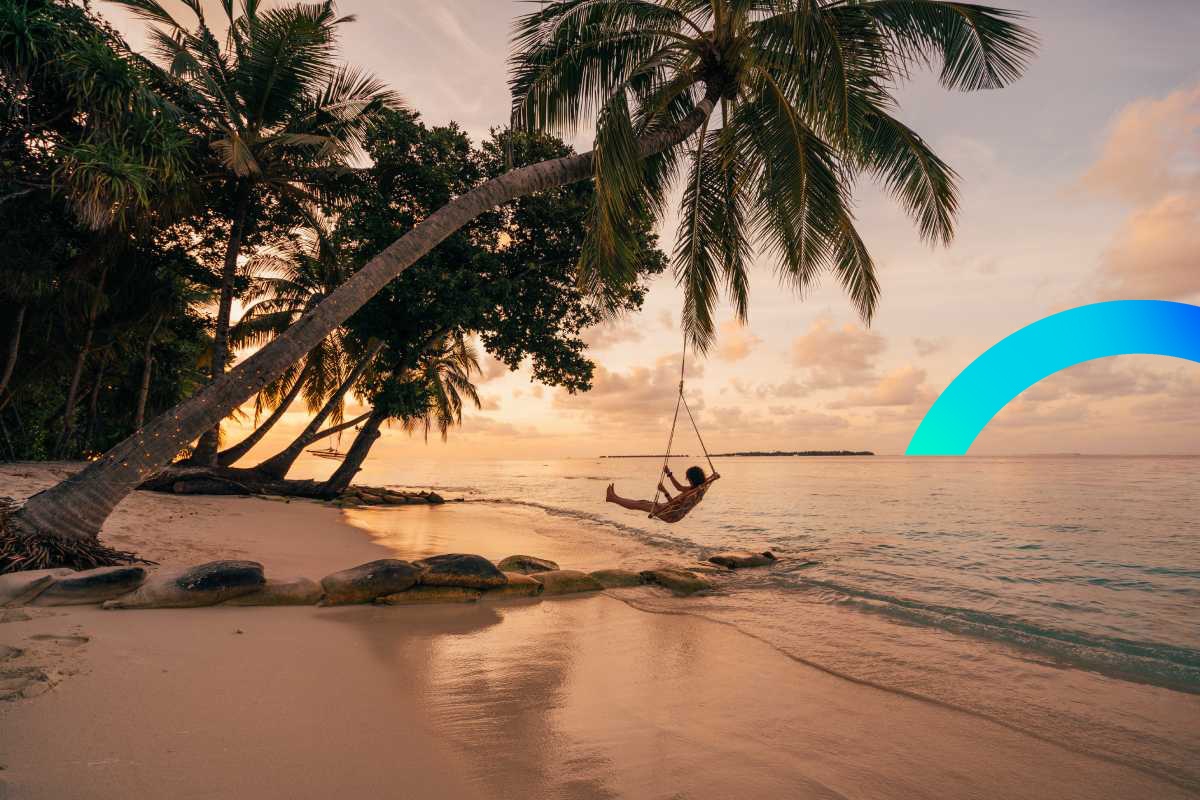
Relaxing on the beach
The Maldives is famous for its calm and intimate atmosphere. Forget about your responsibilities as you rest in the shade of a coconut palm tree. The beaches only add to the sense of relaxation – plan a picnic on the shore, catch up on your reading or just relax to the gentle lapping of the waves. Each island has plenty to offer in terms of sunbathing. It is also worth mentioning the interesting phenomenon of bioluminescence in the Maldives. Glowing plankton makes some of the beaches sparkle blue and turquoise after dark and the best examples can be found at Mudhdhoo beach (Baa Atoll) and Vaadhoo (Raa Atoll). If total privacy is your goal, you can apply for permission to stay on Fuamulaku Island where you can taste mangoes and oranges picked straight from the tree. Bored of sunbathing? Take advantage of the wide range of world-class spas in the resorts, along with yoga or meditation classes.
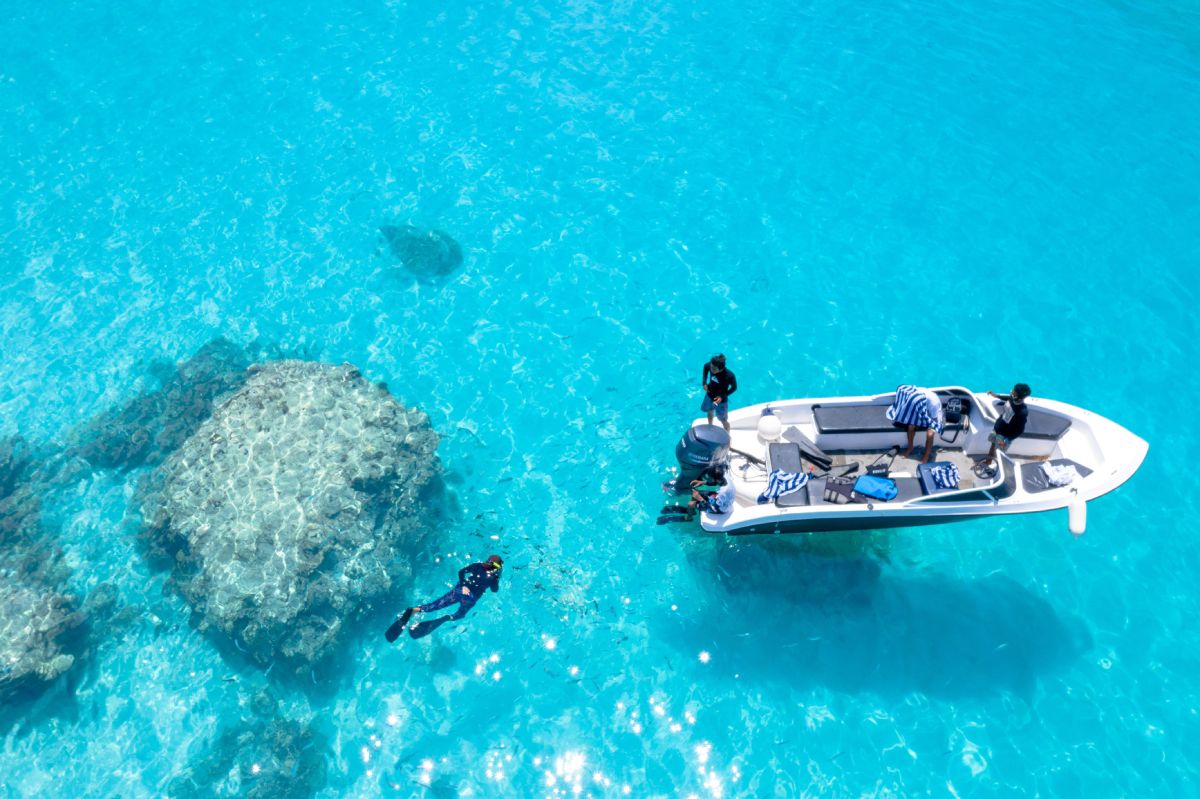
Active recreation – experience the underwater world of the Maldives
The Maldives is a mecca for diving and snorkelling enthusiasts with marine flora and fauna creating a unique spectacle that is easy to capture in a photo. Visibility here is excellent, so a photo with colourful fish, rays or sea turtles makes for a unique holiday souvenir. If you have not dived before, there are plenty of local dive schools here.
Enjoy your stay without any worries!
For something more high-octane, try windsurfing, kitesurfing and canoeing. The best conditions for water sports are provided by the Addu, Baa and Raa atolls. Cruises can be combined with fishing or dolphin and whale-watching and you can also island-hop – swim between the islands.There are plenty of ferries at the disposal of tourists, although many people decide to take plane or water-plane flights for the best views.
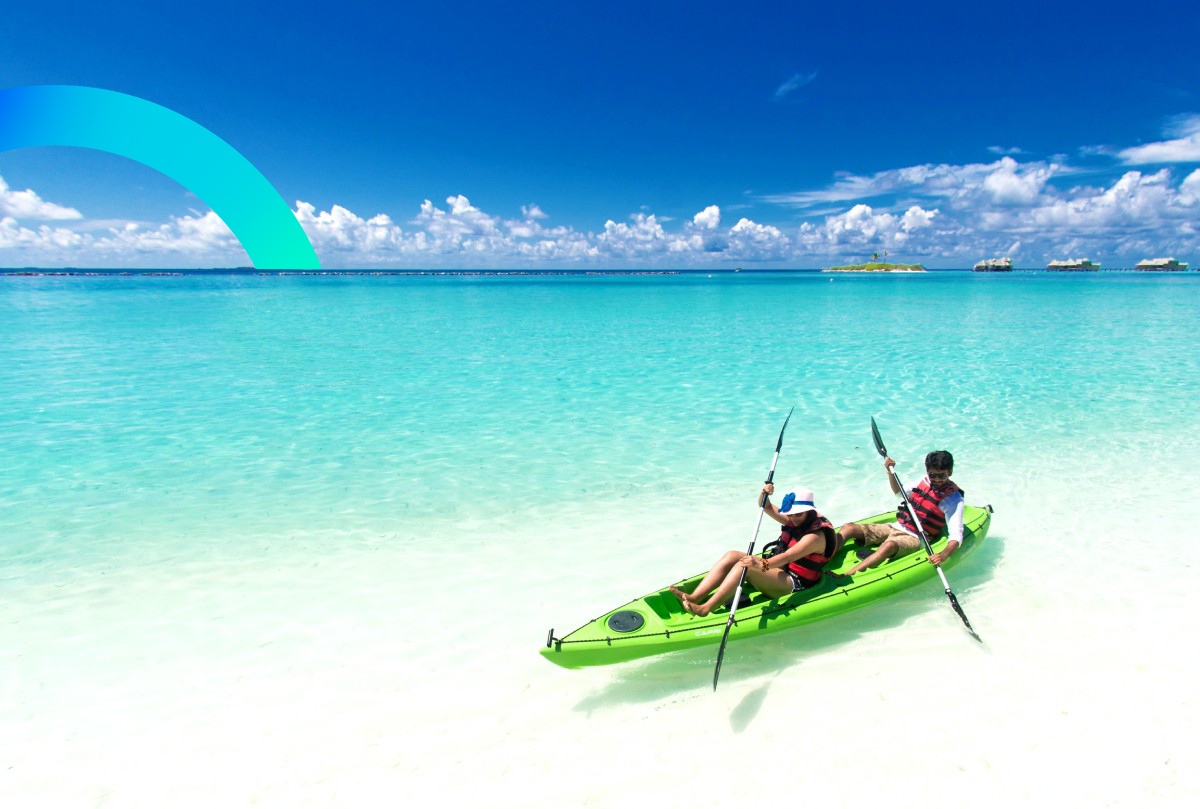
Malé – metropolis among islands
Malé is the capital of the Maldives, only two kilometres long and one kilometre wide. It is the most crowded of all the Maldivian islands and a huge change of landscape when compared to the atolls – greenery blends in with skyscrapers, as befits a real metropolis. Malé is also surrounded by a breakwater to protect the city from flooding. Most tourists visit the capital in passing, but it is worth staying here for a day or two to explore monuments such as the famous Grand Friday Mosque. The 17th-century mosque attracts plenty of attention with its characteristic golden dome and coral walls.

Be sure to take a walk to the Sultan’s Park, where one of the trees is decorated with ribbons as tourists believe that hanging a ribbon here will guarantee their return to the island. While in Malé, it is also worth visiting the National Museum and walking near the presidential palace. An authentically Maldivian experience can be had at Malé’s market where freash fish, vegetables and fruit abound and people gather to socialise. If you want to buy fish, you will have the largest selection in the afternoon, when the fishermen return with their catch. In Malé you can also buy beautiful handicrafts such as jewellery, dishes and costumes. Remember, however, that it is forbidden to take any items such as corals, sea turtle shells or shells collected on beaches. The authorities are trying to protect the fauna and flora of the islands, and violating the rules may result in a fine.
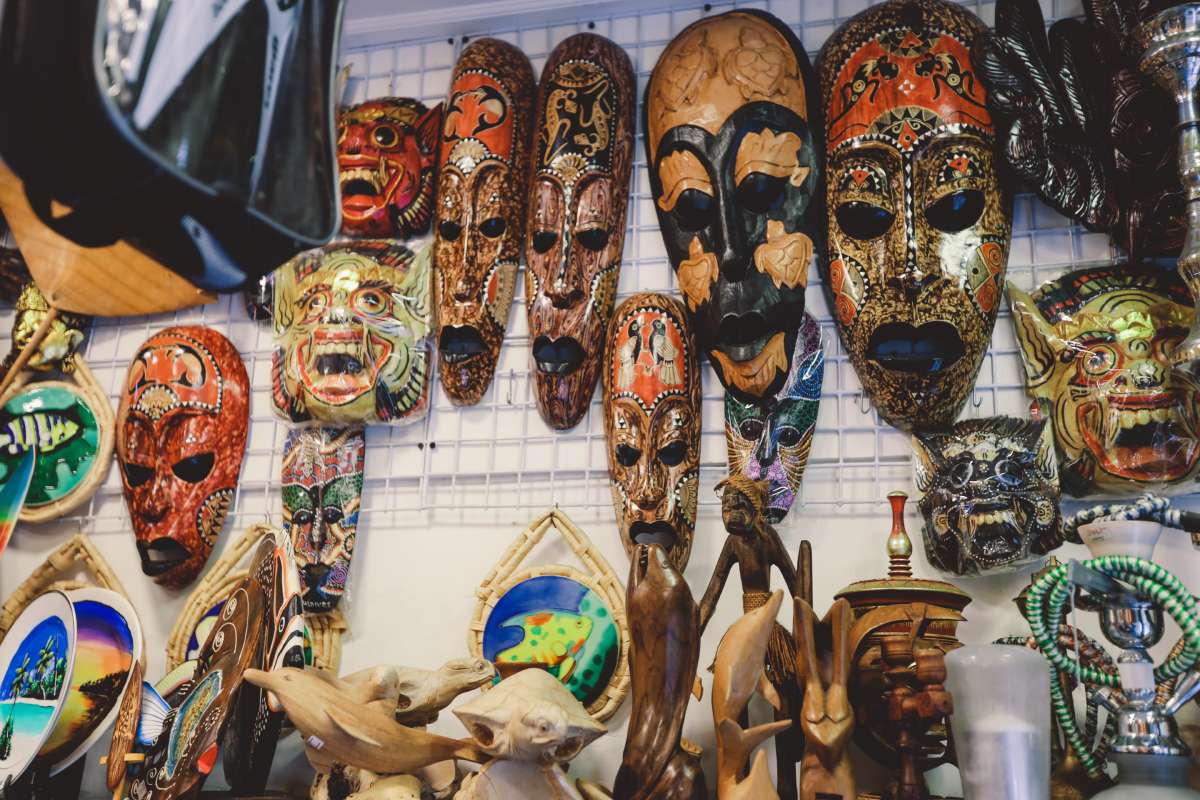
Discover local delicacies
The local cuisine here is a delicious combination of Indian, Arab and African flavours. Dishes are dominated by fish, especially tuna, which is served in a wide range of styles. A popular dish is garudhija, a fish soup, and a typical menu will also include rice, curry, and sweet potatoes. Coconut palms provide constant access to cocnut-based delicacies and the sweetness of locally-grown mango, orange, banana and pineapple is a delight for the taste buds. Do note that the Maldives is a Muslim country, therefore alcohol can be consumed in restaurants, but it cannot be brought in or taken out of the islands.
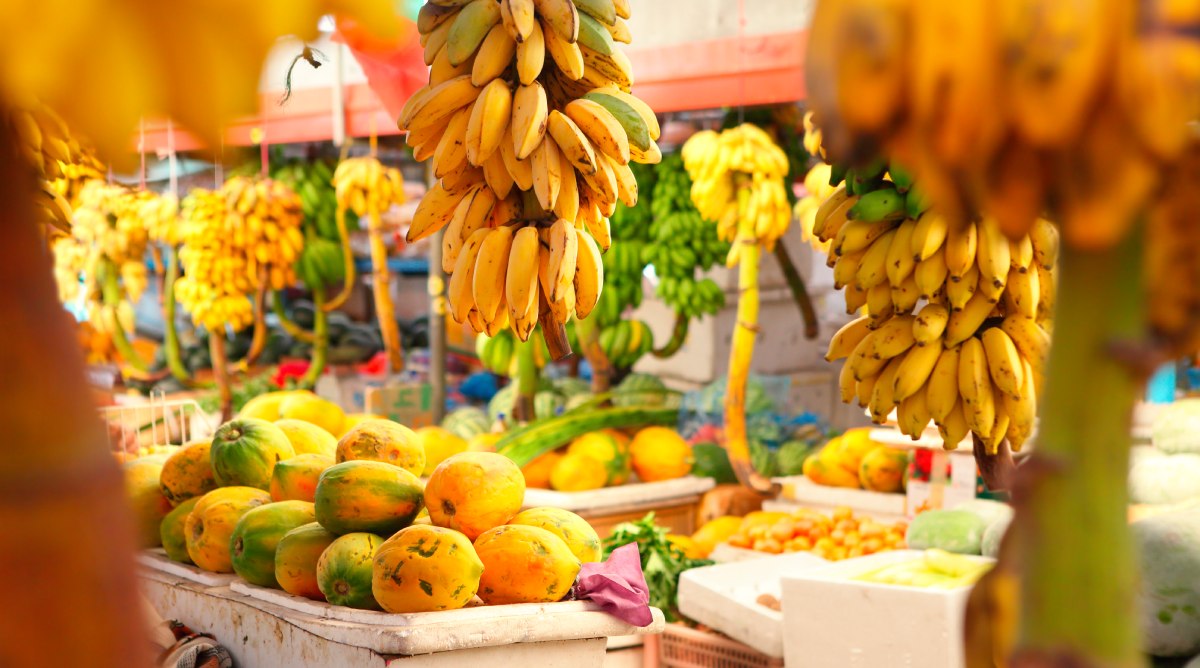
One of the Maldives’ most memorable attractions is a visit to an underwater restaurant. Glazed windows allow you to admire beautiful sea life as you eat – for non-divers, this is a great alternative to an oxygen tank and mask! A well-known spot on the culinary map is the Ithaa restaurant in the Conrad Maldives Rangali Island resort on Ari Atoll. It is an intimate place, hosting only a dozen or so customers at once.
The Maldives is a proven recipe for a successful winter holiday, offering an exotic destination full of relaxation and activity. Surround yourself in nature without the usual tourist crowds – we’ll see you there!
